The Sing Sing Prison Museum Hopes to Impact the Conversation-and Ossining
 Here’s what we don’t talk about when we talk about incarceration: the women left behind when a husband, father or son is imprisoned. The Wait Room, a dance and acrobatic production held outside Sing Sing Prison in September, directed the audience’s focus to those women who suffer the emotional, physical and economic burdens of the prison system, as well as the burden of shame. The production was poignant and effective: it was impossible to watch the dancers move and fly (with the help of harnesses) around the tilt-a-whirl stage without thinking more empathetically about the women whose loved ones reside up the hill at Sing Sing.
Here’s what we don’t talk about when we talk about incarceration: the women left behind when a husband, father or son is imprisoned. The Wait Room, a dance and acrobatic production held outside Sing Sing Prison in September, directed the audience’s focus to those women who suffer the emotional, physical and economic burdens of the prison system, as well as the burden of shame. The production was poignant and effective: it was impossible to watch the dancers move and fly (with the help of harnesses) around the tilt-a-whirl stage without thinking more empathetically about the women whose loved ones reside up the hill at Sing Sing.
The Wait Room, a Flyaway Production out of San Francisco, was brought to Louis Engel Park on the Hudson River in Ossining by the future Sing Sing Prison Museum and the Bethany Arts Community. The production meshes seamlessly with the museum’s broader mission. Opening in part in 2020, and in full in 2025, the museum will be devoted to telling the story of the institution and its evolution. It will highlight not only the stories of its brutal past and most infamous prisoners like Ethel and Julius Rosenberg, but of the ordinary prisoner and his family, and the rehabilitation work occurring there in the 21st century. And the museum’s installations will be designed to encourage visitors to thoughtfully examine the greater social justice issues of the prison system.
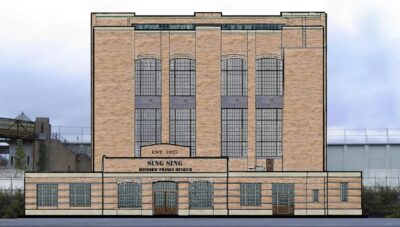
“That’s one of our major goals for the museum is to challenge people to reimagine the criminal justice system and to take action to create a more just society,” says Brent Glass, Interim Executive Director of the museum.
Glass, who is also Director Emeritus of Smithsonian’s National Museum of American History, says all stakeholders will be included in the creation of the museum. “We want to tell the story of how incarceration has affected everyone at Sing Sing. We want to talk to the men who are incarcerated. What stories do they think are important to tell? We want to talk to people who have been victims of crimes. We don’t want to leave their stories out.” He also says the museum will include the engaging stories of the people who’ve worked there over the years.
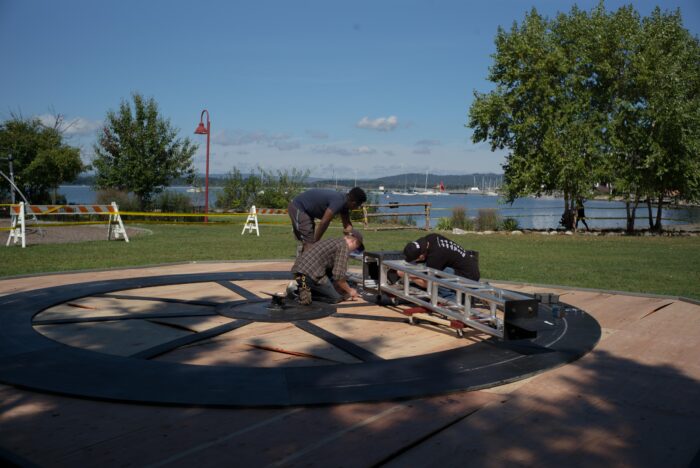
The Wait Room is one example of how the Sing Sing Prison Museum is deftly utilizing art and storytelling to educate audiences. The dancers performed to music and voice recordings of women whose loved ones are or have been incarcerated. The Wait Room’s choreographer, Jo Kreiter, is herself married to a man who was imprisoned for six years. Hearing the voices of marginalized women talk about the exorbitant expense of driving hours to visit someone in prison, the interminable wait in line to see them, being turned away because of an underwire bra or the wrong pants, all of it resonates because it becomes so personal as the backdrop to mesmerizing dance performances. The dancers sometimes fly, but they are also tethered to the oversized chairs on the clock-faced stage.
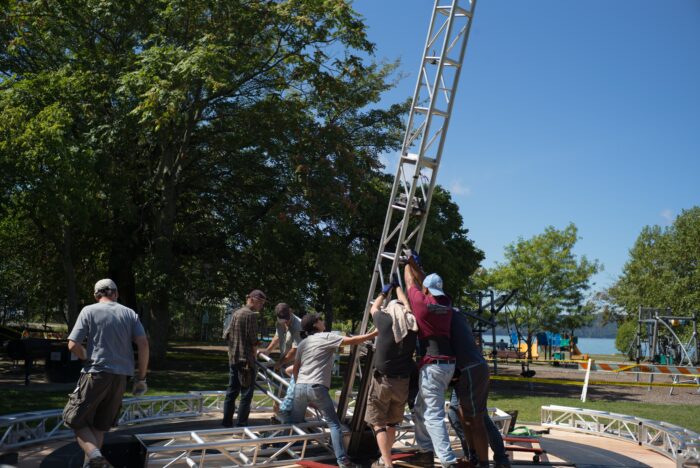
In addition to personal stories like those in The Wait Room, Glass says the museum is meant to give visitors history and context about the American justice system as a whole, and how it’s changed over time. What was a crime 100 years ago might not necessarily be a crime today. As a society, our concept of punishment has evolved over time.
Why build a museum at Sing Sing now? Glass says, “Every chapter in criminal justice history has a few pages written at Sing Sing.” Unlike a popular museum like Alcatraz, Sing Sing is still operating. And he adds that its proximity to the cultural mecca of New York City and historic sites in the Hudson Valley makes it a perfect location. It will also bring tourism and millions of tourist dollars to Ossining. The museum creators estimate that 260 jobs in the museum and the wider community will be created, as well as 100 construction jobs.
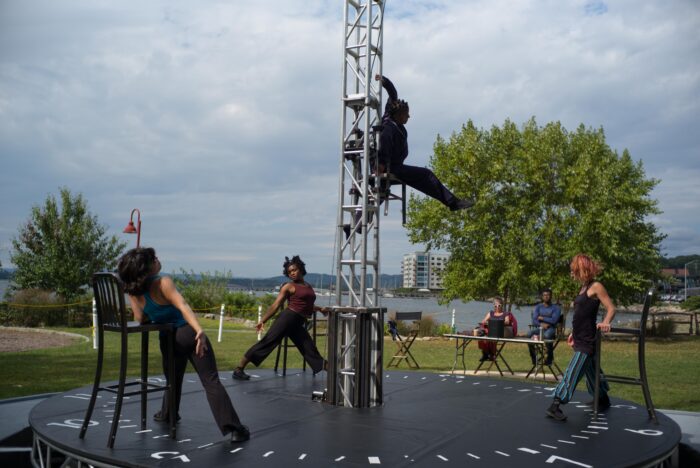
The Sing Sing Prison Museum will open a preview center in 2020 at the Powerhouse on the prison campus. The Powerhouse provided electricity to the prison from the 1930’s to the 1960’s and will be repurposed with the construction of exhibition spaces, classrooms and a theater, as well as space for re-entry programs to help released prisoners acclimate to society. Even young people on the outside will benefit: the museum has developed a curriculum on criminal justice for Ossining and Peekskill high school students.
When the full museum opens in 2025, Glass says visitors will be able to enter the historic cellblock. “We would break into the prison in effect through a secure corridor that would connect the Powerhouse to the historic cellblock which is about 100 yards south of the Powerhouse. The historic cellblock, built in 1825, would be the centerpiece of the visitor experience because it is an extraordinary ruin that nobody gets to see at this point.”
It’s what we don’t see that we can pretend isn’t happening, and that’s what art like The Wait Room examines. There has been a growing national conversation about the racial inequities of the prison system, and “Race” is the title of one of the production’s dances. But there are other issues inherent in the system that place an incredible burden on the women who visit their loved ones in prison. The cost of driving eight hours roundtrip, or more likely taking an expensive bus to a prison visit. The wild markup on items inside the prison commissary. The shame when friends ask, why are you still married to that criminal? The difficulty of raising a child with an imprisoned father, of suddenly being a one parent, one income household. The often condescending and dismissive treatment of the women by the prison guards as if they too have committed a crime.

Sing Sing has a notorious past – including 614 executions in the 20th century – but it is working to bring a sense of humanity to its prisoners through a variety of arts and educational programs. Rehabilitation Through the Arts provides year-round theater workshops and performance to the prisoners of Sing Sing. They also run workshops in dance, visual arts, music and creative writing. Hudson Link for Higher Education provides college educational opportunities to prisoners through private funding. The correctional facility has a garden and a professional master gardener, Douglass DeCandia, who works with the prisoners. There are also programs for the families: for example, they were invited to see The Wait Room free of charge.
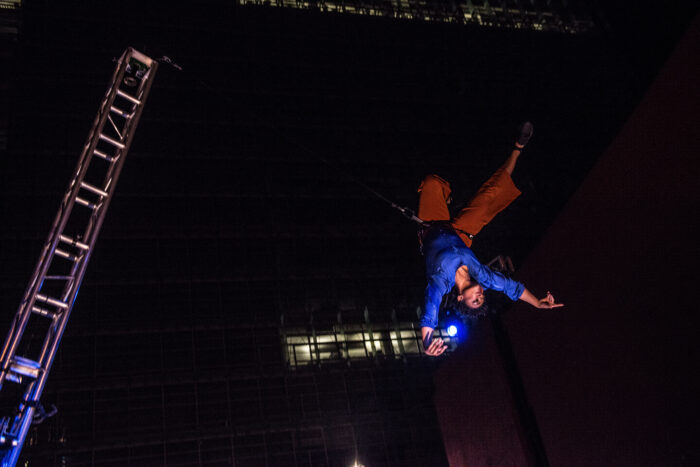
The Wait Room ends with an ode to the women’s love for their husbands, partners, sons and fathers, no matter the egregiousness of their crime or the injustice of their innocence. A lone dancer flies high like a trapeze artist above the stage and above the audience, free, for the moment, of the binds of prison. The dance is called, “This is a Love Story.” It’s difficult to imagine a story about imprisonment as a love story, but the story of prison is, after all, about people. The Sing Sing Museum will examine the history of violence and crime, of justice and injustice, cruelty and redemption. It will also tell the story of men, women and children trying to survive in a system that flouts love but will never fully extinguish it.
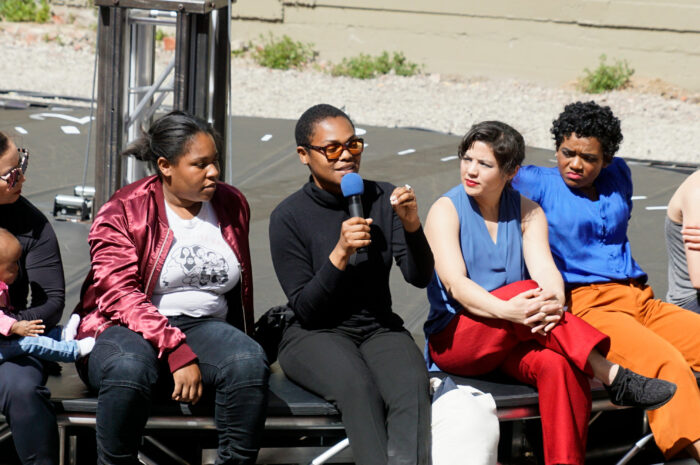
Five Facts about Sing Sing
- The 1,200 cells in the historic Cellblock built in 1825 were seven-feet long, six-and-a-half feet high, and three-feet, seven inches wide.
- In the 19th century, some prisoners were subjected to punishments like the “shower bath,” similar to waterboarding.
- David Berkowitz, aka “the Son of Sam,” was incarcerated at Sing Sing.
- Some Hollywood movies filmed scenes at Sing Sing including “Breakfast at Tiffany’s.”
- Julius and Ethel Rosenberg were executed at Sing Sing
